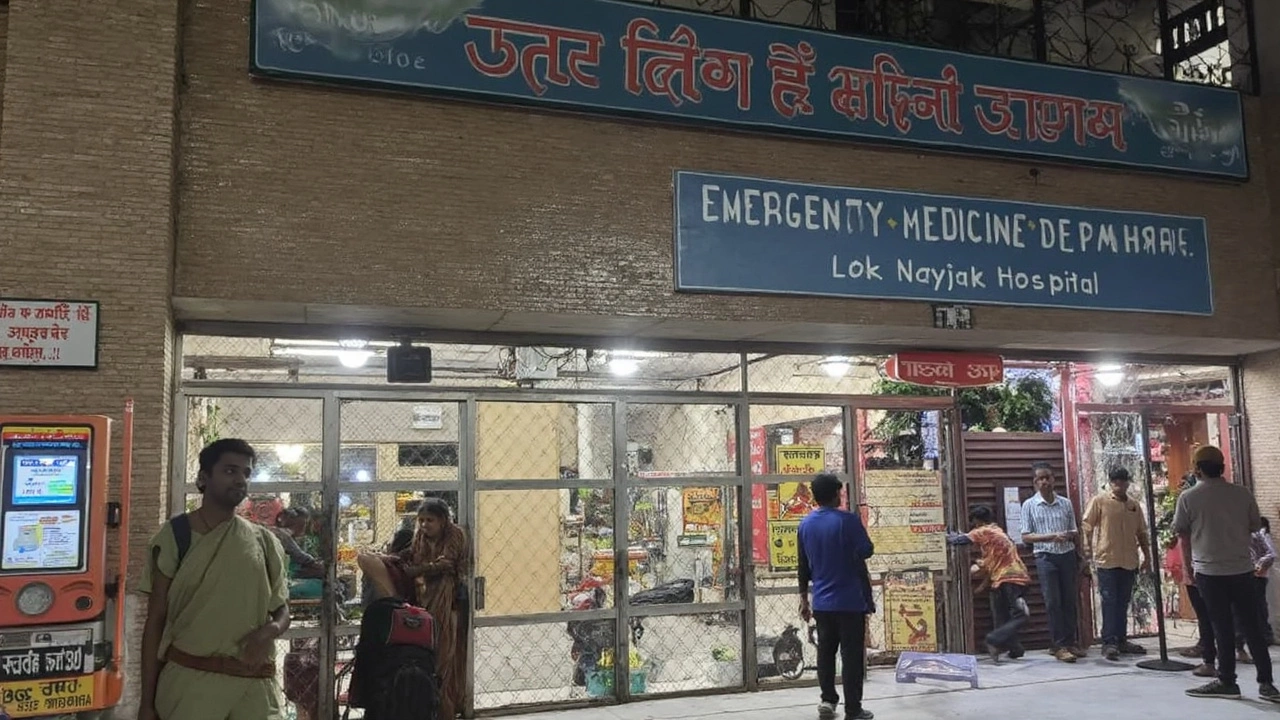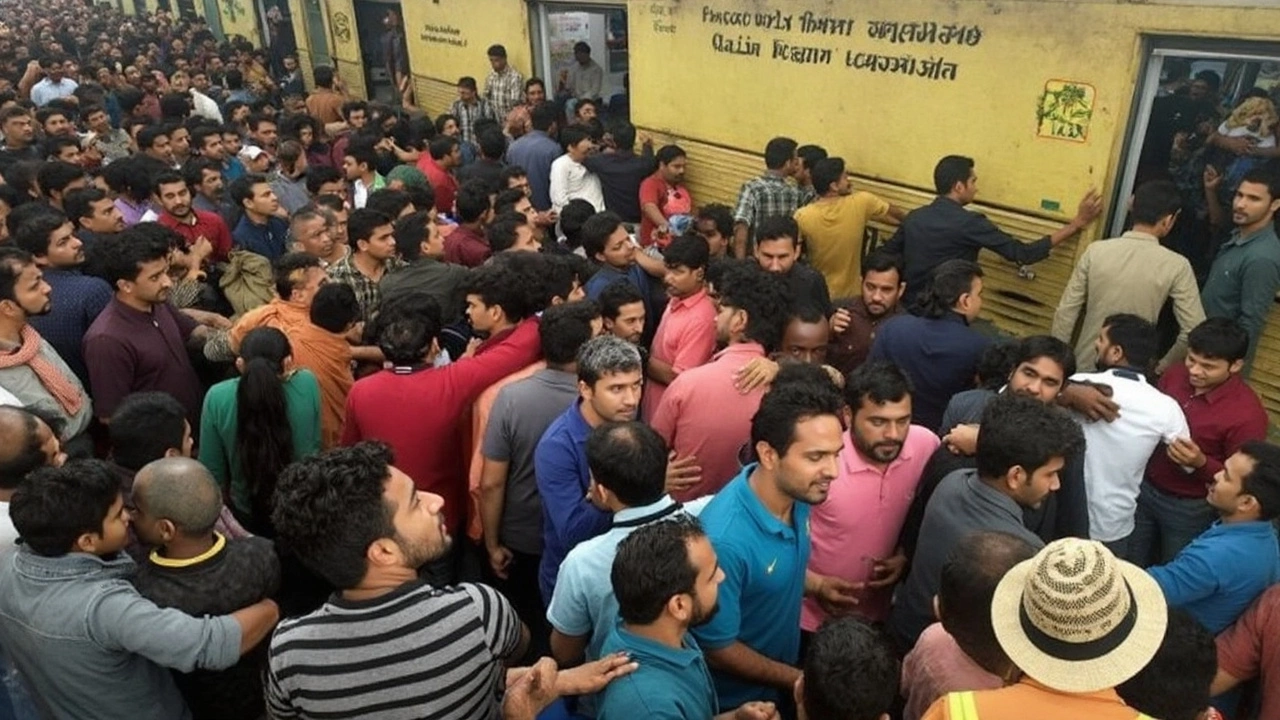A tragic scene unfolded at New Delhi Railway Station on February 16, 2025, as a sudden crowd surge resulted in the deaths of 18 people. Among the deceased were four children and ten women, with at least 10 others injured. The disaster occurred as thousands rushed to board delayed trains, many of whom were pilgrims traveling to and from the Kumbh Mela festival in Prayagraj, Uttar Pradesh.
Chaotic Departure
Tension at the railway station mounted when two trains faced delays while a third was about to depart for Prayagraj. The delay fueled anxiety among passengers, especially those eager to attend the Kumbh Mela, a major religious gathering known for its massive crowds. People jostled for space as their patience thinned, leading to panic and chaos.
Eyewitnesses described a hectic scene where festival-goers and everyday commuters merged into an overwhelming crowd. The station, not equipped to handle such a sudden influx, became a bottleneck, resulting in fatal consequences. The crush mirrored a tragic pattern previously observed during Kumbh Mela itself, where 30 individuals lost their lives in a similar incident only weeks before during a pre-dawn bathing ritual.

Recurrence of Crowd Crises
The incident further underscores the persistent issue of deadly crowd crushes in India, particularly around large gatherings and venues lacking sufficient crowd control measures. Prime Minister Narendra Modi extended his condolences on social media, expressing sorrow and solidarity with the families of the victims. He also highlighted the pressing need for improved safety protocols in overcrowded public spaces.
India has witnessed numerous incidents like this due to overcrowding, especially at religious events. Despite advancements in infrastructure, effective crowd management remains a challenge, calling for stricter measures and better emergency planning. As the nation mourns this heartbreaking loss, questions about preparedness and safety continue to rise, demanding urgent attention to prevent another such calamity in the future.
